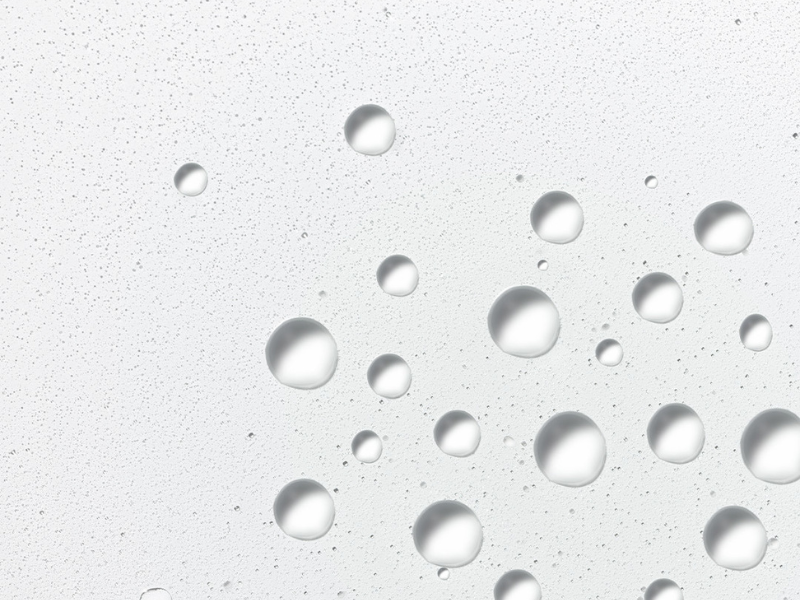
What Does Hyaluronic Acid Do for the Skin?
💧 What Is Hyaluronic Acid?
Hyaluronic Acid is a humectant—meaning it draws moisture from the environment into the skin. It’s naturally found in the skin, eyes, and connective tissue, where it helps retain water and maintain tissue structure. But as we age, our natural levels of HA decline, contributing to dryness, fine lines, and a loss of volume.
Synthetic or bio-identical HA is used in skincare formulations to replenish moisture and support skin health from the outside in.
🧪 How Does It Work?
Holds up to 1,000 times its weight in water: This makes HA incredibly effective at binding moisture to the skin.
Plumps the skin surface: By increasing hydration in the upper layers, HA can reduce the appearance of fine lines and give the skin a dewy, refreshed look.
Supports barrier function: Well-hydrated skin is less prone to inflammation, irritation, and environmental damage.
🌿 Who Should Use It?
The beauty of Hyaluronic Acid is that it's suitable for nearly all skin types:
Dry skin: Boosts hydration levels and relieves tightness and flaking.
Oily and acne-prone skin: Provides moisture without clogging pores or increasing oiliness.
Sensitive skin: Calms and supports the barrier, especially when used alongside ingredients like niacinamide or ceramides.
Ageing skin: Helps soften the look of fine lines and improves skin elasticity when used consistently.
🔬 Types of Hyaluronic Acid in Skincare
Not all HA is created equal. You may notice different forms on ingredient labels:
High molecular weight HA: Stays on the skin surface and offers immediate hydration and plumping.
Low molecular weight HA: Penetrates deeper to hydrate and support long-term skin function.
Sodium Hyaluronate: A salt form of HA that is smaller and more stable—commonly used in serums and creams.
Some advanced formulas combine multiple molecular weights for layered hydration, like in intensive hydrating serums or post-treatment recovery products.
🧴 How to Use Hyaluronic Acid
For best results:
Apply to clean, slightly damp skin to help draw in ambient moisture.
Follow with a barrier-repairing moisturiser or occlusive to lock in the hydration.
Use morning and night for continuous support.
Pair with actives like vitamin C, peptides, or retinol to improve performance and tolerance.
Note: If your environment is very dry, always use HA under a moisturiser—otherwise it may pull moisture from your skin instead of the air.
🧠 Final Thoughts
Hyaluronic Acid is a foundational ingredient in modern skincare. It hydrates, soothes, plumps, and protects—making it a must-have in almost any routine. Whether you’re dealing with dryness, sensitivity, or signs of ageing, this ingredient helps maintain skin health and resilience over time.
Looking to add Hyaluronic Acid to your routine? Our team at The Treatment Centre can recommend the best formula based on your skin's needs. Book in for a Skin Health Discovery Session so we can help you with the correct homecare regime personalised for you.
